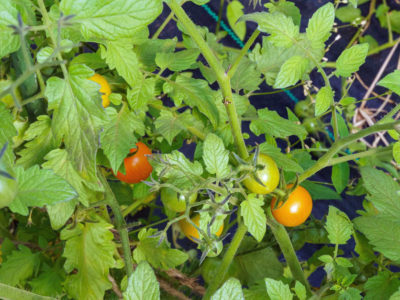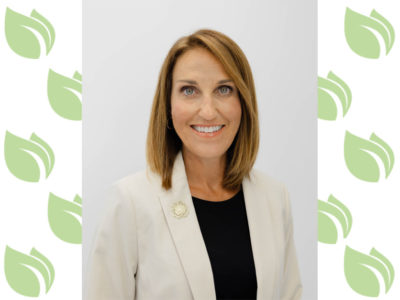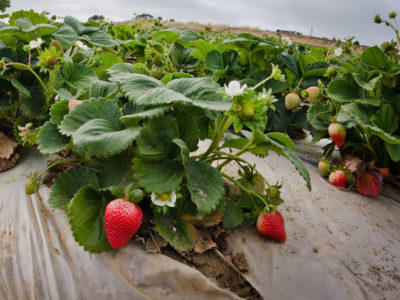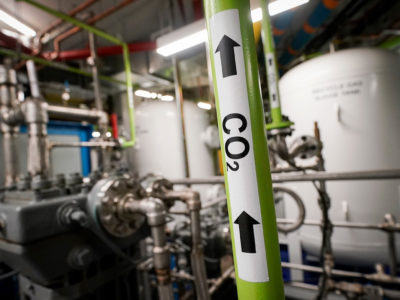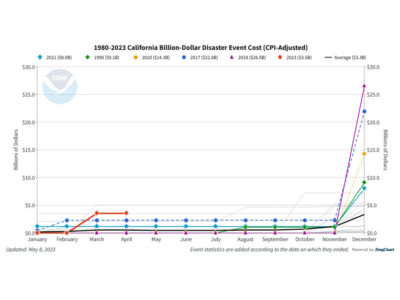ARTICLES
Fourth of July cookout cost moderates after last year’s big jump
06/28/23 6:10 AM
By Sara Wyant
Read More
USDA commits $500 million for wildlife conservation on working lands
06/27/23 4:41 PM
By Sara Wyant
Read More
GusNIP impact on fruit, vegetable consumption continues to grow
06/07/23 8:10 AM
By Sara Wyant
Read More
California surpasses billion dollar disaster mark. How much higher?
05/17/23 8:10 AM
By Sara Wyant
Read More


